In recent years, modern cars have become smarter, safer, and more intuitive. From autonomous emergency braking to lane-keeping assist, today’s vehicles are packed with intelligent systems designed to reduce the likelihood of accidents and minimise human error.
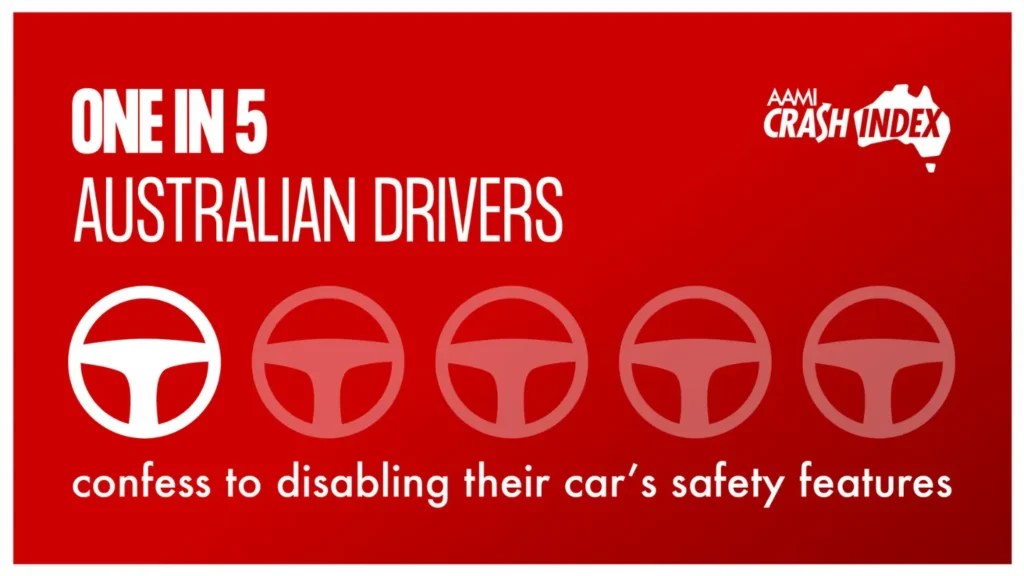
But not everyone’s on board with the tech takeover. According to the newly released 2025 AAMI Crash Index analysing over 480,000 claims, one in five Australian drivers admits they’ve turned off one or more of their car’s built-in safety features.
Why are drivers choosing to disable these features?
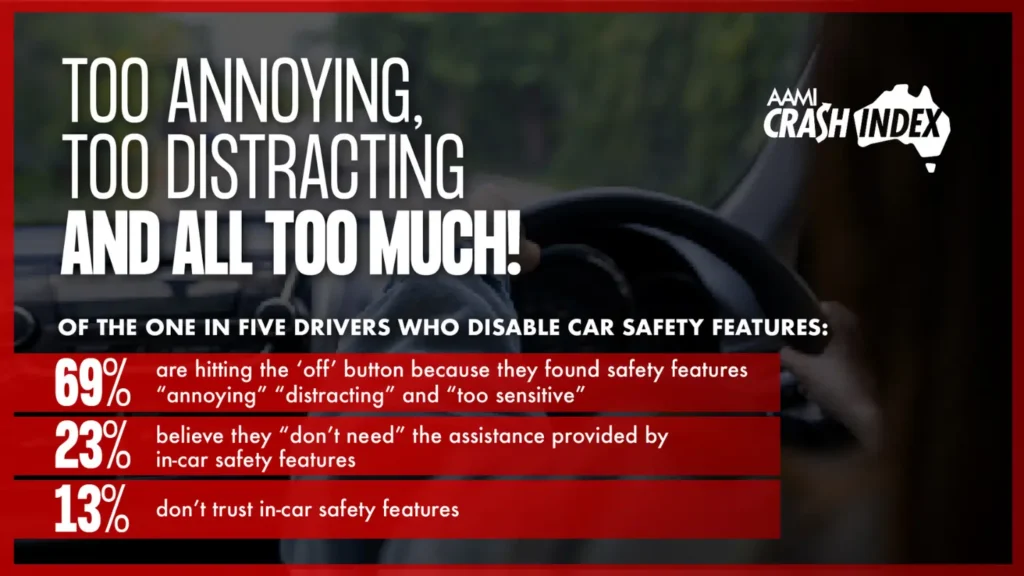
The reasons for switching off potentially life-saving features are more emotional than technical, as per the report.
Out of the drivers who admitted to disabling their car’s safety systems:
- 69% said they found the features annoying, distracting, or too sensitive.
- 23% believed they didn’t need the extra assistance.
- 13% said they simply didn’t trust the technology.
The features most frequently turned off included:
- Lane departure warning and lane keeping assist (45%)
- Adaptive cruise control (17%)
- Parking assist (17%)
- Automatic emergency braking (16%)
- Forward collision warning (11%)
While some of these advanced safety features have become more accessible, if not mandatory, the quality of their functionality in real-world use can vary. Only recently, many affordable vehicles from Chinese carmakers were often found to have safety sensors that were either too sensitive and interfered with regular driving, or perhaps not reliable enough for use outside of city conditions.
The irony? These features are designed to prevent the most common crashes
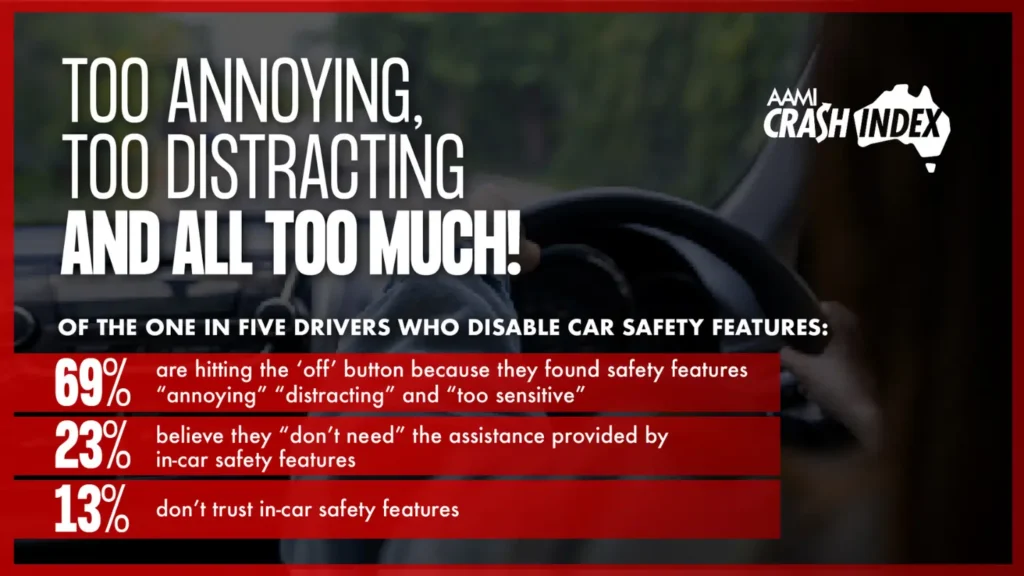
AAMI’s crash data, based on more than 480,000 claims, found that nose-to-tail collisions remain the most common type of crash on Australian roads. These incidents are not only frequent and expensive, but largely preventable.
And here’s where the contradiction lies: many of the safety features being disabled are specifically designed to prevent these very kinds of crashes.
Features like automatic emergency braking and forward collision warnings can detect when you’re closing in on another vehicle too quickly and either alert you or automatically stop the car to avoid impact.
The good news? Most drivers still believe in safety tech
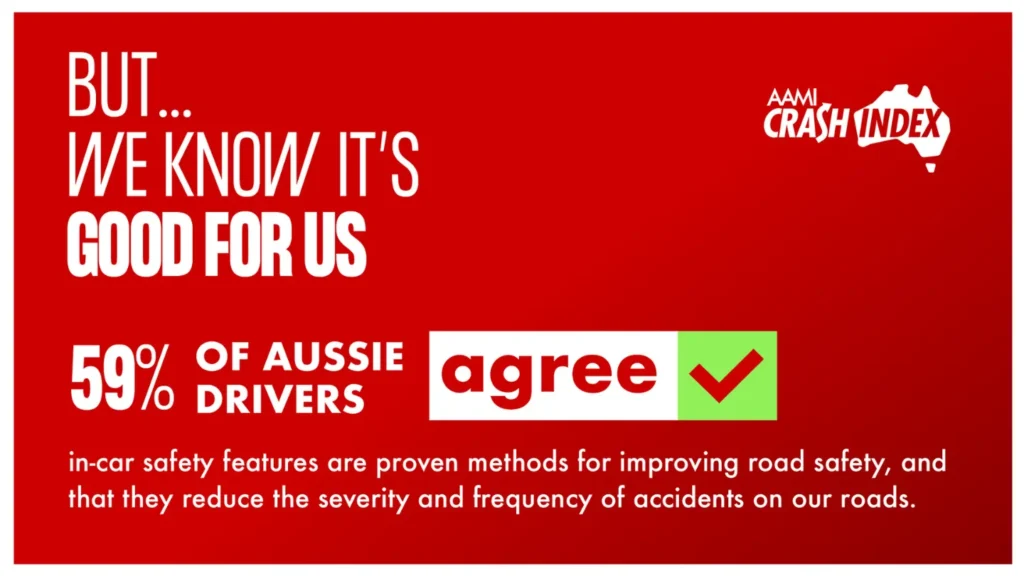
Despite the frustrations, 59% of surveyed drivers agreed that these features do improve road safety. In fact, AAMI’s data shows that vehicles equipped with Advanced Driver Assistance Systems (ADAS) are less likely to be involved in accidents compared to those without these technologies.
Peace of mind without switching off safety features?
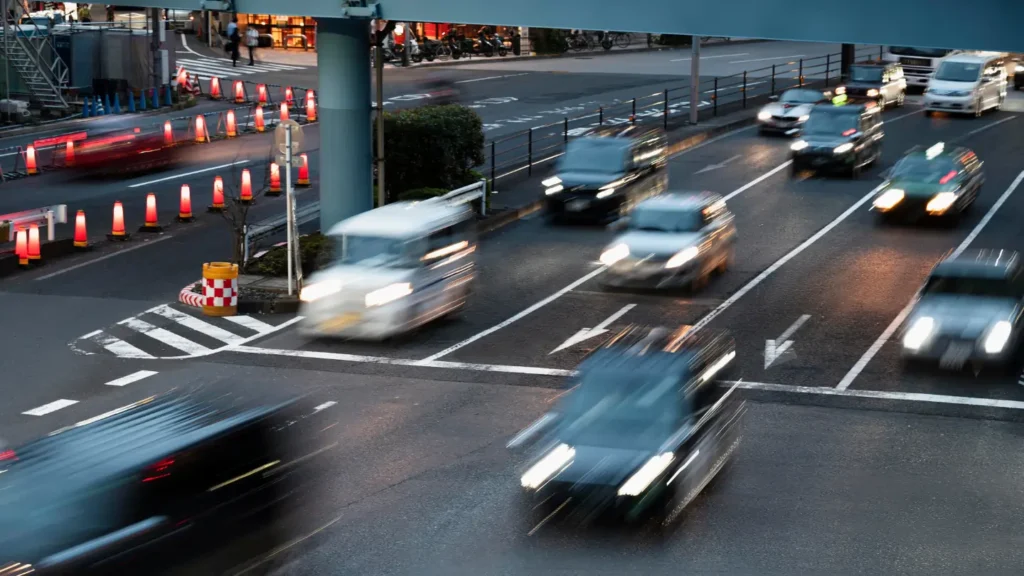
Disabling safety systems may seem like the easy way out of the annoying cacophony of alerts or jerky braking in crowded spaces, but it may come at the cost of your own safety. Instead, consider the following:
Get familiar with the safety tech
Not all safety features are created equal, and many can be adjusted to suit your preferences. Before reaching for the “off” button, take time to explore the settings menu. You may be able to adjust alert volumes, sensitivity, or temporarily disable only specific alerts.
Practice in low-stress environments
If it’s your first car, or you’re upgrading to a tech-loaded car for the first time, it can be overwhelming to try out in busy traffic. Instead, experiment with features like adaptive cruise control or lane assist on quieter roads or during off-peak hours, so you can build confidence at your own pace. It also familiarises you with how these features work in your car specifically and how to incorporate them into your driving style.
Ask for a walkthrough
When buying a new or used car, ask the dealership to walk you through all the safety features. A quick demo can go a long way in helping you understand what each system does and how it aims to assist you.
Top safety features Australians find most important?
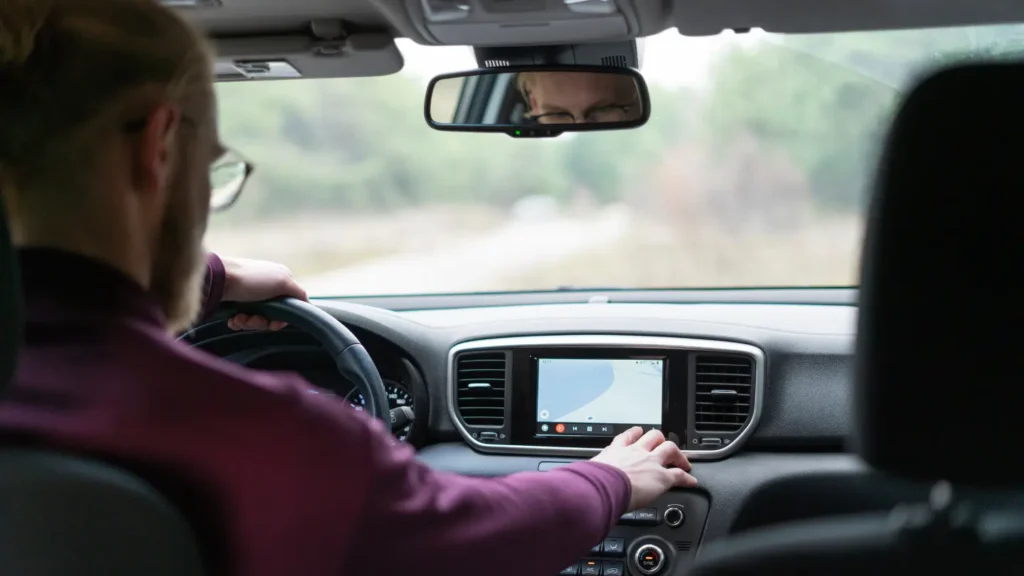
When asked about the safety tech they look for buying a used car or a new one, these five features topped the list:
- Reverse camera
- Blind spot detection or monitoring
- Parking assist
- Automatic emergency braking
- Adaptive cruise control
These aren’t just nice-to-have extras; they’re key tools in preventing collisions, especially in tight spaces or fast-moving traffic.
The bottom line
It’s natural to feel overwhelmed or annoyed by new technology! Especially when it beeps, vibrates, or nudges the steering wheel persistently. But beneath all the alerts is a simple truth- these features exist to protect you, your passengers, and those around you.
As cars become more advanced, it’s up to us as drivers to meet them halfway. That means taking the time to learn, understanding what the systems are trying to tell us, and working with the technology, and not against it.
Turning off a safety feature might seem convenient at the moment, but it could come at the cost of your safety down the line!
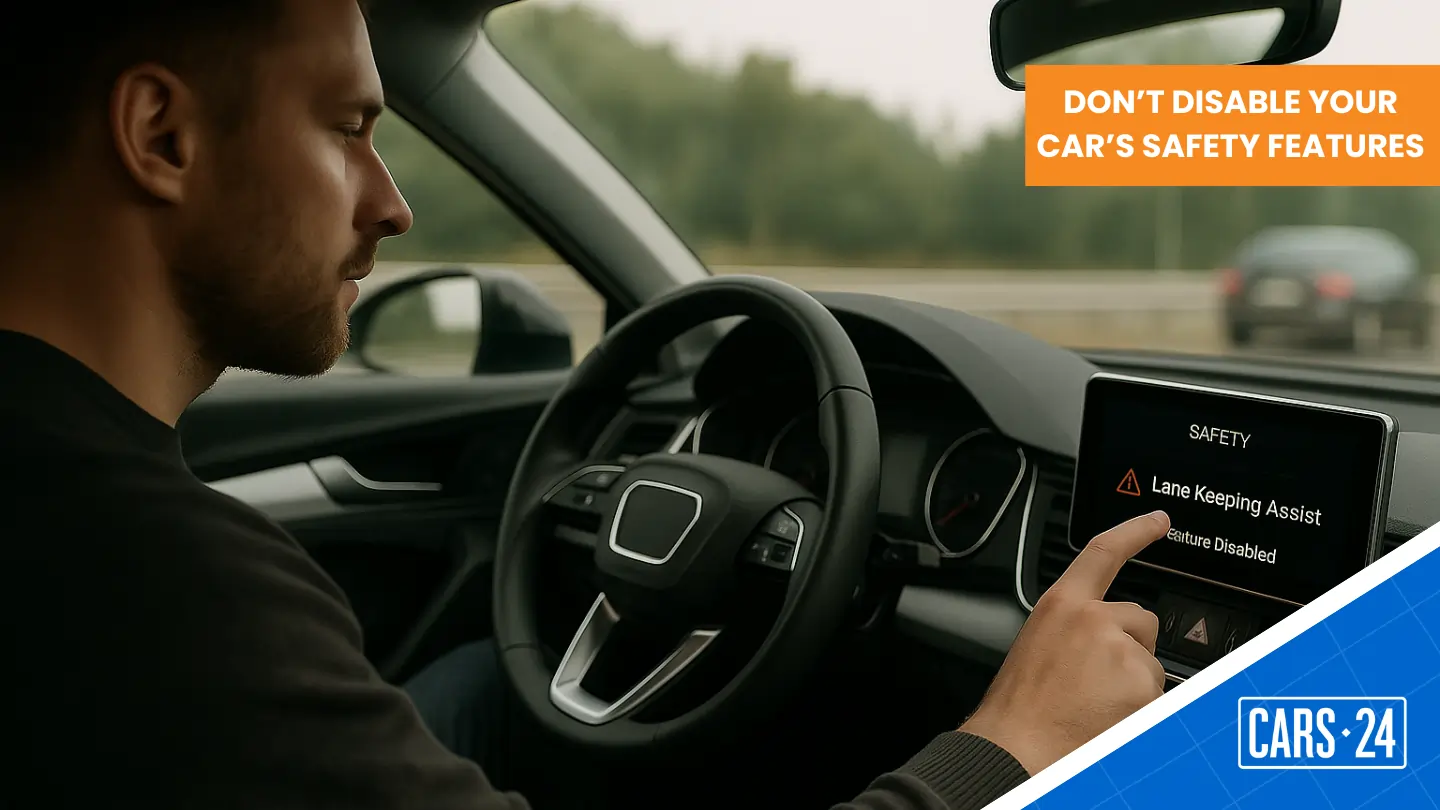
Comments
New Comment